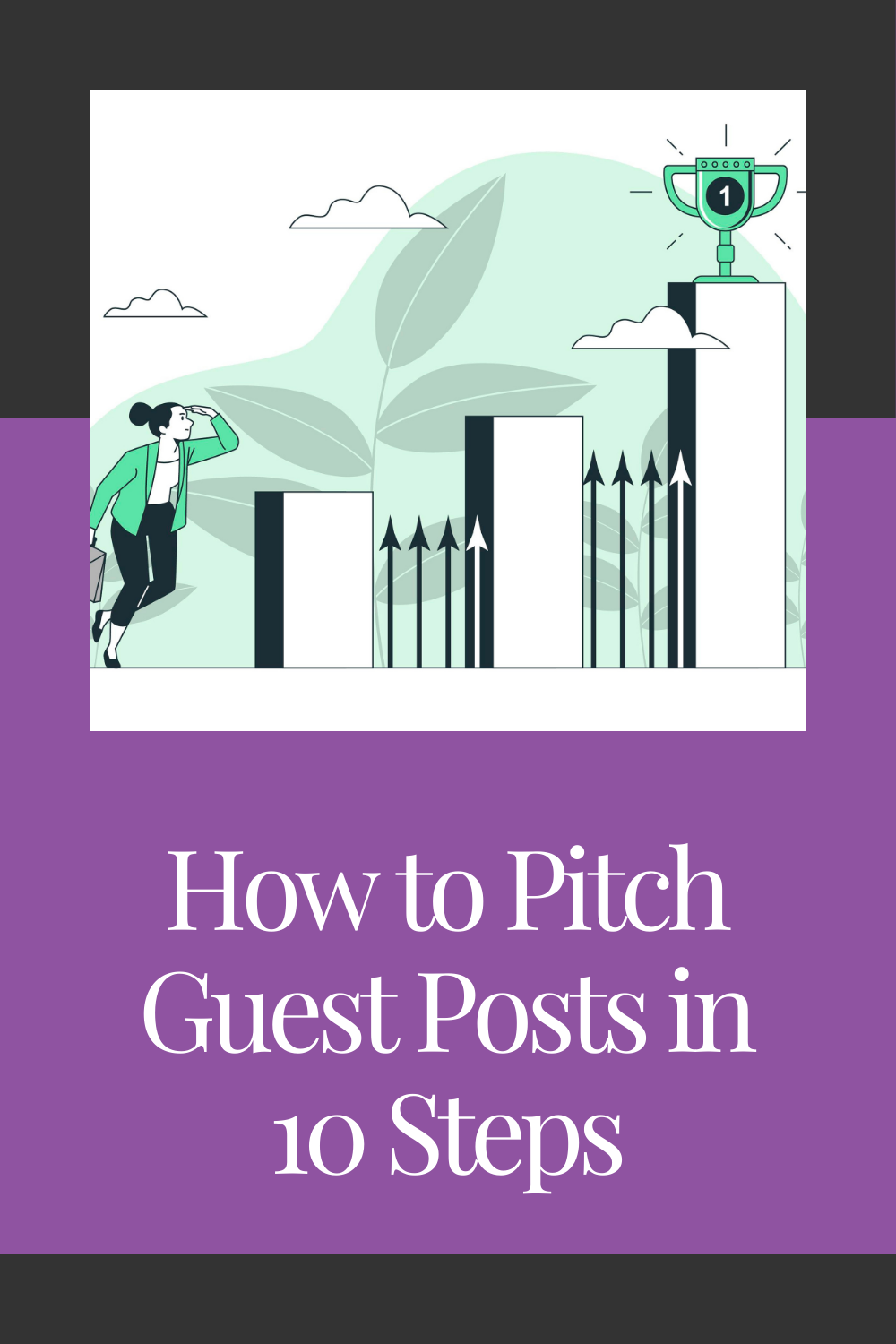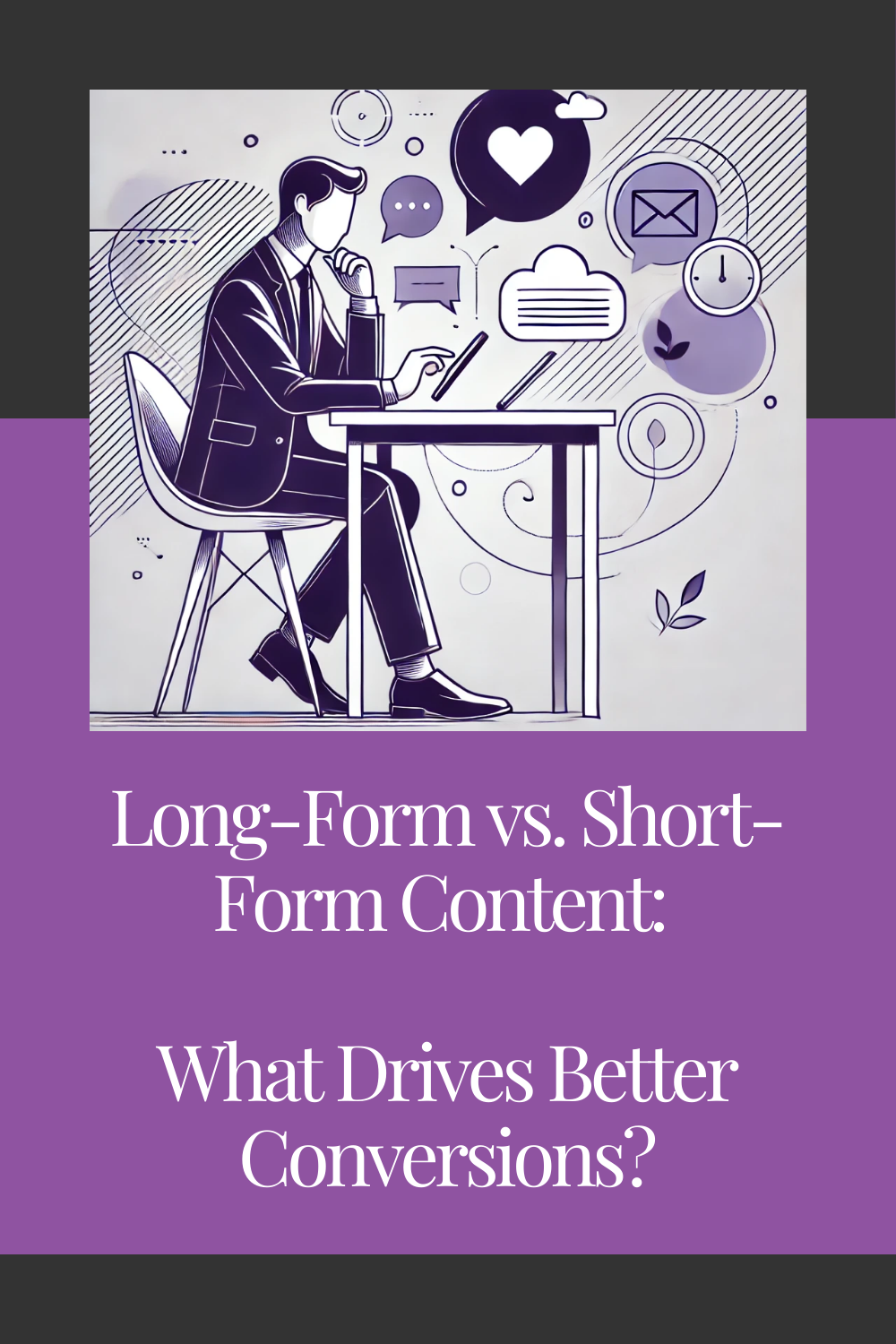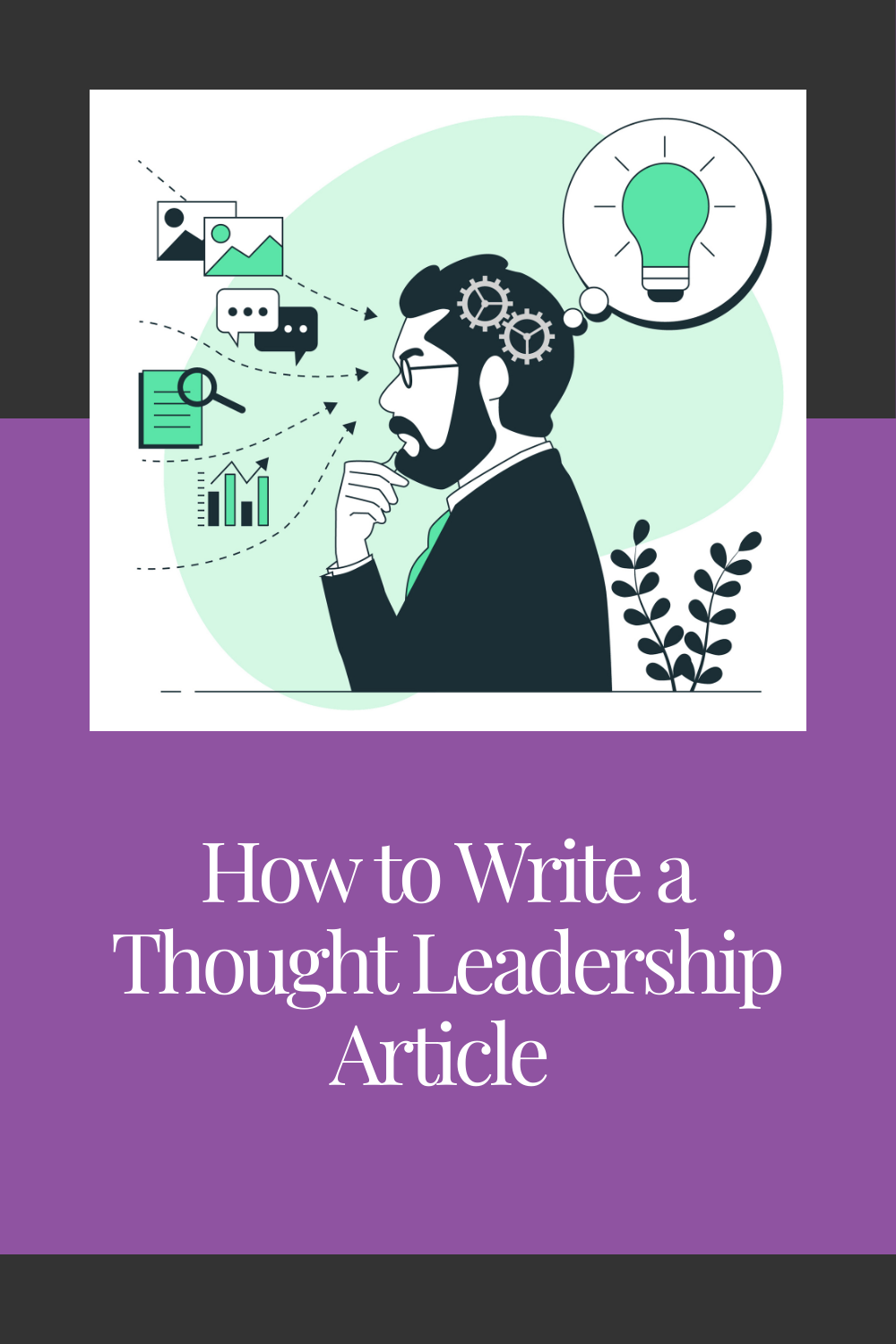The B2B Copywriting Strategy That Builds Trust, Authority, and Conversions in 2025
This guide breaks down a proven B2B copywriting strategy built to earn trust, establish authority, and drive results. Learn how to align your message with your goals and turn every word into a business asset.
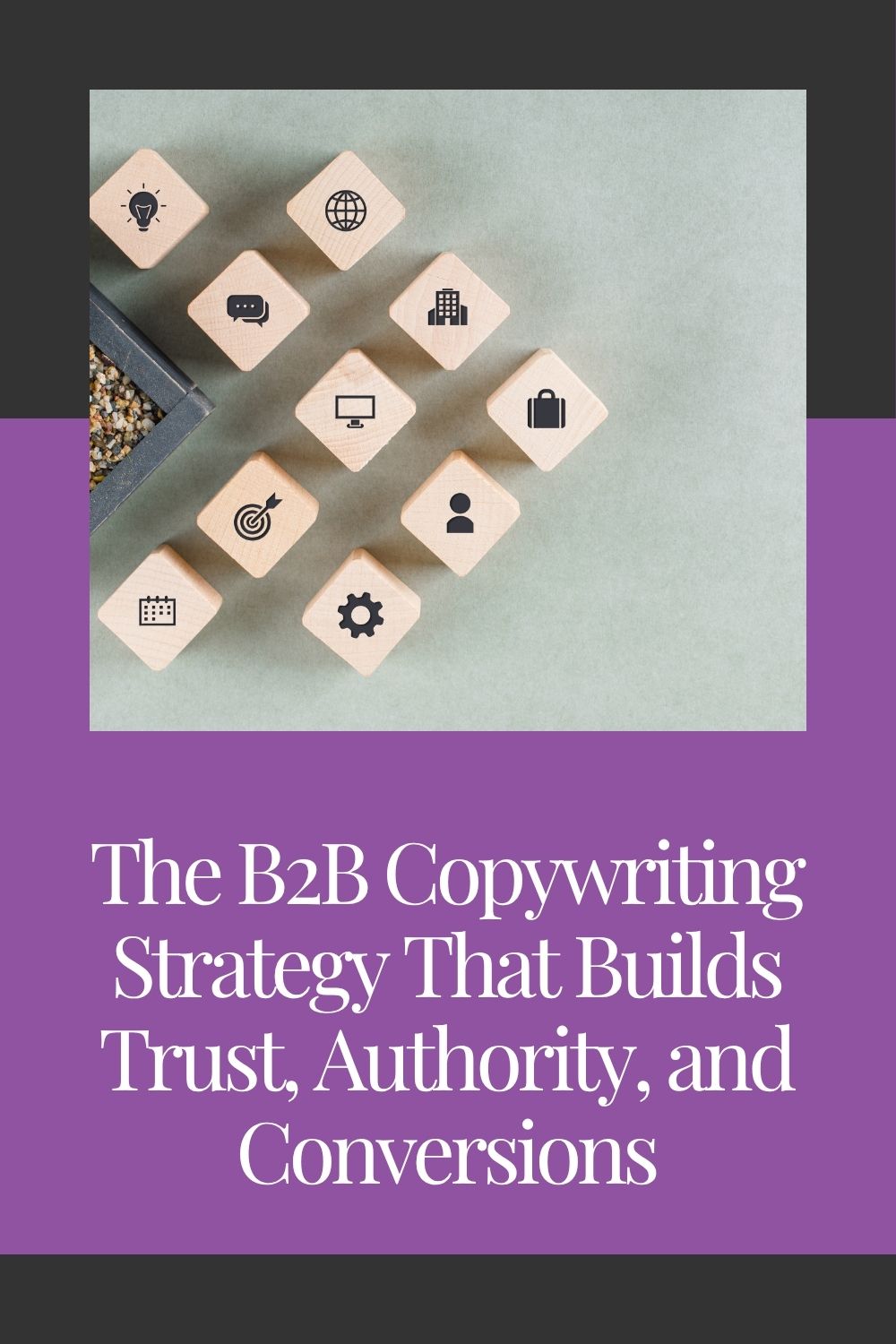
B2B brands are under pressure to show up, stand out, and convert. Most turn to content to do the job. They publish blog posts, rewrite their website, and maybe post on LinkedIn a few times. This should result in a quick boost in traffic.
But traffic doesn’t mean trust. And adding random content without a strategy rarely delivers results.
If your copy isn’t building credibility or bringing in leads, the problem isn’t your offer. It’s the way it’s being communicated.
At Copywise, we build B2B copy that does more than fill space. It earns trust, positions your brand as the authority, and leads your ideal clients toward action. That’s what real strategy looks like. Not just writing, but writing with a purpose.
In this guide, I’ll walk you through the B2B copywriting approach we use to help our clients grow. You’ll learn what works, what to avoid, and how to turn your words into a real competitive edge.
The Real Problem With Most B2B Copy
Too often, B2B copy sounds impressive on the surface but fails to deliver anything meaningful. It leans on polished language, vague claims, and a string of buzzwords that make the company feel modern but leave the reader with no clear reason to care.
Other times, the copy does the opposite. It skips straight to the sale with aggressive calls to action and promises not backed up by trust. This kind of writing creates pressure instead of trust, and in B2B, where decisions take time and involve multiple stakeholders, pressure rarely works.
The real issue sits in the middle.
There’s no connection between what the business wants to say and what the audience needs to hear. The messaging often ignores how people make buying decisions. It doesn’t reflect the customer’s pain points, and it doesn’t speak in a voice that feels familiar or credible to the people reading it.
Here’s a simple example to make this sense.
Ineffective copy:
“Our scalable, cloud-based solution empowers enterprises to optimize performance with unparalleled efficiency.”
This might look good in a slide deck, but it says nothing specific. It doesn’t show what the product does, who it’s for, or why it matters.
Strategic copy:
“If your team is stuck switching between six tools just to get a clear campaign report, we can make it easier. Our platform pulls all your metrics into one dashboard so you can track what’s working, what needs attention, and where to focus next.”
This version speaks directly to the reader’s problem. It makes the solution feel practical, valuable, and easy to understand.
When B2B copy doesn’t connect, it doesn’t convert. The fix isn’t better grammar or more features. It’s a strategy. And that starts with understanding what strategic B2B copywriting looks like.
What Strategic B2B Copywriting Means
Strategic B2B copywriting is not about sounding clever (although you should sound confident). It’s about building a bridge between what your business offers and what your audience needs to hear to move forward.
At its core, this kind of copy does three things: it attracts the right people, builds credibility through clarity and relevance, and guides those people toward taking action when the time is right.
It isn’t just a polished paragraph or a few catchy headlines. It results from aligning your business goals with your brand voice, offer, and customers’ mindset. It’s knowing how to speak directly to decision-makers without overwhelming them. It’s removing the guesswork from your messaging so your product or service can stand on solid ground.
At Copywise, we use a three-part framework to shape every project we work on. Every word has to contribute to at least one of these outcomes: trust, authority, or conversion.
- Trust earns you attention.
- Authority keeps you relevant.
- Conversion turns that attention into results.
In the following few sections, we’ll unpack what each of these looks like in your copy and why most businesses fall short by focusing only on one.
Trust: The Foundation of B2B Copy That Works
Trust is what gets people to stop scrolling, keep reading, and eventually believe that your solution is worth their time. Without it, even the most compelling offer gets ignored.
In copy, trust shows up through clarity, empathy, and understanding. It’s in the way you describe the problem before pushing the solution. It’s in the tone that mirrors how your audience thinks and talks. It’s in the structure that makes your message easy to follow without needing to reread a sentence twice.
B2B buyers are not just looking for information. They’re looking for signs that you understand their world. If your copy sounds generic or self-centered, they’ll move on. On the other hand, they'll lean in if it sounds human, helpful, and grounded in their reality.
Take Zendesk, for example. Their homepage doesn’t try to impress you with big claims or complicated jargon. It’s clean, calm, and easy to read. The message is clear from the start: they help businesses support their customers better. No pressure, just a simple, helpful explanation of what they do and how they do it. That kind of clarity builds instant trust.
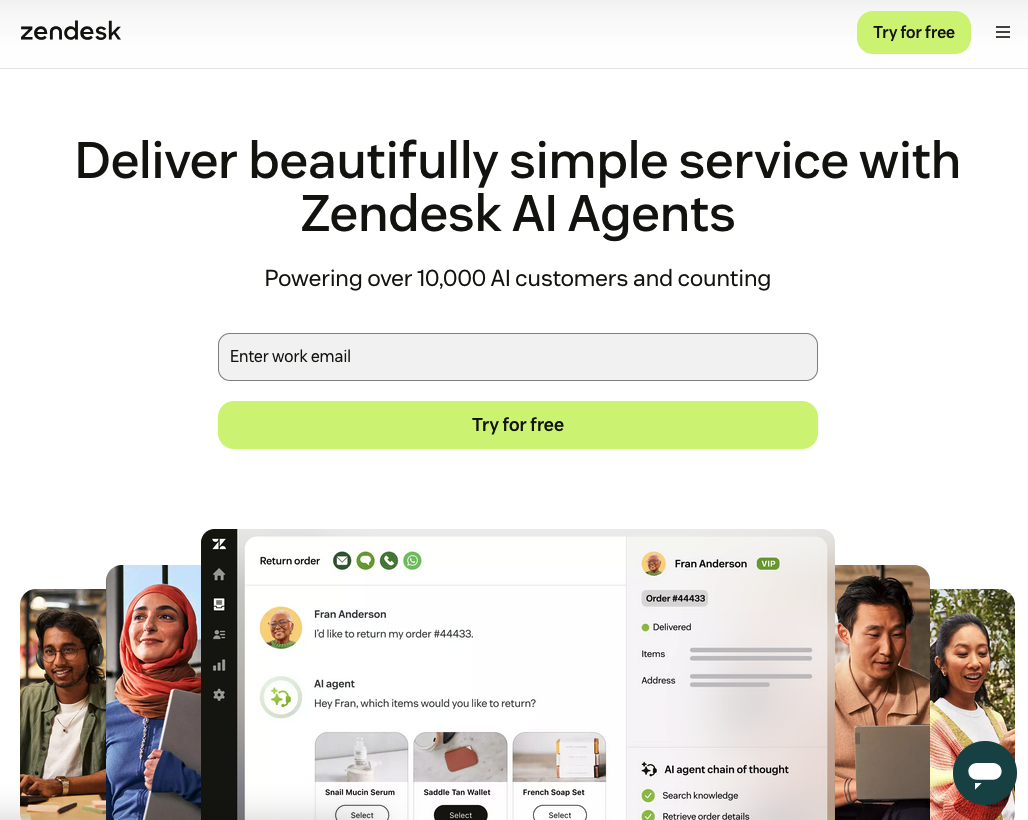
To build trust in your copy, start by being consistent. Use a tone that fits your audience, not your competitors. Be direct, not only clever. Make every sentence serve a purpose. And don't make people work to understand what you're offering.
Because once they trust you, they'll keep reading.
Authority: Positioning the Brand as a Category Expert
Trust gets people through the door. Authority keeps them in the room.
In B2B, buyers often weigh options long before they’re ready to speak with sales. During that time, they’re collecting signals, content, tone, third-party features, and proof of expertise. They’re looking for signs that you know what you’re talking about and that your team can deliver.
This is where thought leadership comes in. It shows up in blog posts that offer a clear point of view, in guest features that appear on respected sites, and in LinkedIn posts that speak to problems most people aren’t addressing. The goal isn’t to sound impressive. The goal is to be useful, memorable, and credible.
Authority-building copy doesn’t just talk about what you do. It explains how you think. It gives people a reason to believe that your perspective is worth following, not just your product.
Some of the most effective markers of authority include:
- Case studies that show how you solve real problems
- Guest content on high-quality publications
- Unique insights that aren’t just rewrites of the same industry advice
- Consistent content that builds a clear narrative over time
If you don’t show up with a clear point of view, someone else will. When your potential clients are ready to decide, they’ll go with the brand already in their heads.
For a breakdown of how to write content that actually earns that kind of attention, check out our article and learn how to write as a thought leader.
Conversion: Turning Attention Into Action
Once you’ve earned trust and established authority, your copy should guide people toward a decision. That’s where conversion comes in.
Conversion is more than just adding a button or ending with a call to action. It’s the result of everything before it doing the heavy lifting. When your message is clear, relevant, and aligned with what your audience needs, action becomes the natural next step.
Effective conversion copy makes that step easy. It removes doubt, reinforces value, and shows the reader exactly what to do. It uses real language, not marketing overused words, and it respects the reader’s time and attention.
You don’t need to push. You need to be precise.
Here’s what that looks like:
- Specific, purposeful calls to action that match the content around them
- Copy that focuses on outcomes, not just features
- Page structure that helps readers stay oriented and engaged
- Supportive details that answer silent objections before they cause hesitation

For example, if someone finishes reading a blog post about managing content chaos, don’t leave them with a vague line like “Learn more.” A better nudge would be:
“Want a content strategy that doesn’t fall apart by week three? Let’s build one that fits your team.”
When your copy is built with intention, the right people are more likely to take the next step because they know what that step is and why it matters.
The Copywise Method: How We Build This Strategy for Clients
Most companies know they need better copy. What they don’t always have is a clear process to get there. That’s where we come in.
At Copywise, we don’t write for the sake of filling space. We write with a strategy that connects your offer to the people who need it, using language that feels natural and clear.
Here’s how we do that:
1. Discovery
We begin by understanding your business, your goals, and your audience. This includes reviewing your current messaging and identifying where things feel off or disconnected.
2. Voice and Messaging Alignment
Next, we help shape a voice that fits both your brand and your buyers. This step is about finding the right tone, not creating something artificial. When the voice fits, the message resonates.
3. Strategic Planning
We map out what needs to be written, who it’s for, and what it’s meant to do. Whether it's a landing page, blog series, or website rewrite, we treat every project like part of a bigger picture.
4. Writing and Feedback
The writing starts once the strategy is in place. We keep the copy focused, specific, and easy to follow. Every word is there to help the reader understand, connect, and respond
Results: What Clients See When They Shift to Strategic Copy
The difference between average copy and strategic copy shows up in the results. Not always overnight, but consistently over time.
Clients often come to us with content that looks fine on the surface but is not bringing in the right leads. It doesn’t reflect how their business helps people, and it feels like a placeholder instead of a tool.
Once we realign their messaging, things start to change.
They get more inquiries from qualified leads, their content becomes easier to repurpose across channels, and their sales conversations feel smoother because prospects already understand what they offer before the call begins.
The value isn’t just in how the words sound. It’s in what those words help unlock a more precise positioning, better visibility, stronger client relationships, and more confidence across the board.
One client saw their bounce rate drop by 30% after a homepage rewrite. Another closed a five-figure deal within a week of launching their new landing page. Others have used the same copy across proposals, pitch decks, and onboarding flows, saving time and keeping their messaging consistent.
A good copy doesn’t just sit on a page. It works alongside your sales, marketing, and product teams to support growth at every level.
Where Do You Go From Here?
Effective copy gives your business a stronger voice, makes your offer easier to understand, and helps your team communicate with clarity and purpose.
That’s what we do at Copywise. We write with a clear plan, shaped around what your audience needs and what your business is working toward.
If your current content feels unclear or out of alignment, now is a good time to focus on stronger messaging. We help B2B brands express their value in a way that feels natural, focused, and easy to act on.
If you're looking for that kind of support, we’re here to help.
Turn Words into Revenue — Work With Us!
We’re Ready to Elevate Your Brand
